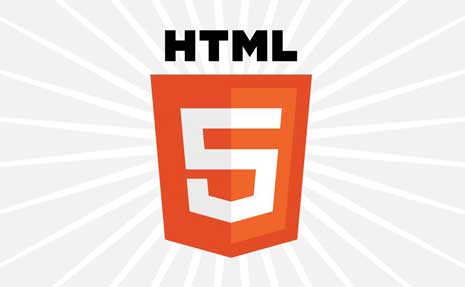Dear Subscribers to this blog,
Thank you for being interested in what Web Teacher has to offer. I really appreciate it.
Are you reading Web Teacher posts in a feed reader of some sort? Perhaps Google Reader. That’s what I use to subscribe to the many, many blogs I read daily.
The benefit of a feed reader is that it’s a simple thing to get all your blog posts in one place each day. The drawback – at least for people like me who allow the full post to be read in the reader – is that folks don’t click through to actually visit the blog very often. Anything not in a post – for example, items in the sidebar – don’t get seen. Since I’m not eliminating everything but the posts from this blog like Jeffrey Zeldman, I’d like to remind you of some of the goodies available in the sidebar.
First, there’s a link to HTML5 News. I know you are interested in keeping up with that topic. I spend time each day making sure you have the latest information about HTML5 in that news report. You can keep track of it by visiting this blog, or by subscribing to the HTML5 News.
The sidebar also shows the latest tweets from the Twitter list The Women in Web Education Daily. The tweeters on this list can help you stay up to date on each days hottest web education and tech news.
The last thing I want to remind you about that sits in the sidebar is a link and slideshow to the group on Flickr called Women in Tech. Readers of this blog attend many tech events each year, and take many photos at those events. I hope you will remember that this Flickr group pool of photos of women in tech exists, and that you add your photos to the group pool.
Drop by once in a while. See what’s going on in the sidebar.
Thank you so much for reading this blog,
Virginia

